Did you remember to turn your clocks back?
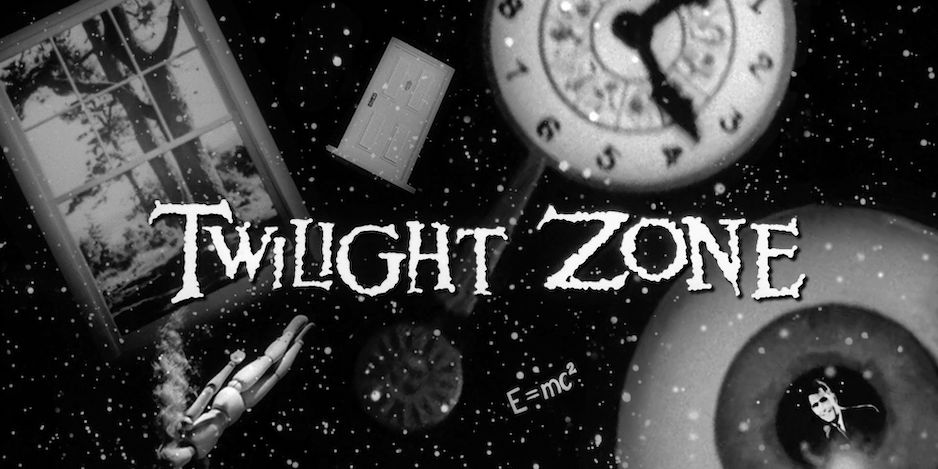
By PETER BOSCH
If you woke up this Nov. 5 morning all discombobulated because your digital clock read an hour earlier than it should, you have gone back in time with the end of Daylights Savings. With that in mind, let’s look at 13 GREAT TIME-TRAVEL EPISODES of The Twilight Zone, which will be celebrating its 65th anniversary in 2024:
—
The Time Element (aired November 24, 1958, on the Westinghouse Desilu Playhouse). Rod Serling had written this script in 1957 as a pilot for The Twilight Zone. CBS bought the script but shelved it. Bert Granet, the producer of Westinghouse Desilu Playhouse, a CBS television anthology series from Desi Arnaz and Lucille Ball, wante a Rod Serling script to increase the prestige of the series and Serling told him of his shelved script, “The Time Element.” The Westinghouse Desilu Playhouse production starred William Bendix, Martin Balsam, Darryl Hickman, Carol Kearney, Joe De Rita, and Jesse White.
The story begins in 1958 in New York with Peter Jenson (Bendix) talking to a psychiatrist (Balsam) about a dream he has had for several days in a row: He wakes up every morning and it is December 6, 1941, and he is in a Honolulu hotel. To describe the rest would take a ton of space, so it’d be best for you to view this rare show that led to The Twilight Zone yourself. This is the kind of excellent TV that people during the 1950s would stand around discussing the next day at the water cooler:
—
Walking Distance (aired October 30, 1959). I have to admit this is my favorite TZ episode. Walking Distance was written by Serling and starred Gig Young as Martin Sloan, a media executive so caught up in his career that he longs for the simpler days of his youth in Homewood. Driving near to it, he leaves his car for service at a garage and walks to the town, where he discovers it is still the way he remembered it. Except, it is the past and he encounters himself as a boy… and his parents are still alive. But it is a past where the adult Martin Sloan is not welcome. Serling’s script touches upon what we all feel at some time, a desire to return to our youth.
—
The Last Flight (aired February 5, 1960). In Richard Matheson’s first script for the series, British Flight Lieutenant William Terrance Decker (Kenneth Haigh) lands his World War I airplane at a U.S. base in France after passing through a white cloud. He quickly discovers that it is not 1917, as it was when he took off that morning, but 50 years later.
—
Execution (aired April 1, 1960). Joe Caswell (played with complete cold-bloodedness by Albert Salmi) is about to be hanged in the Old West for murder but when the horse is run out from under him, the noose is the only thing remaining. Caswell then finds himself in the laboratory of a 20th century scientist (Russell Johnson) who has snatched him from the past as an experiment. Script by Serling.
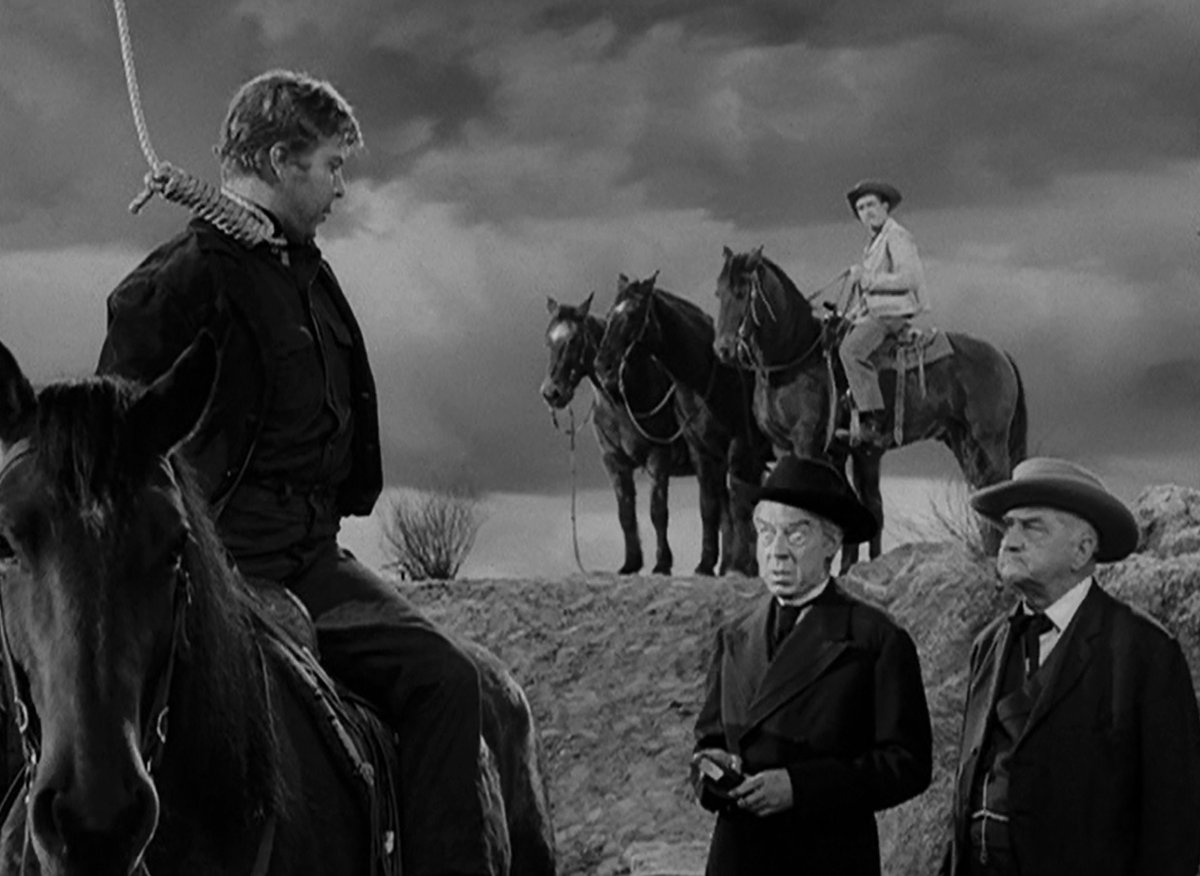
—
A Stop at Willoughby (aired May 6, 1960). While Serling’s “A Stop at Willoughby” is not legitimately a time-travel story, it does have sections where an advertising executive, Gart Williams (James Daly), worn out by a job he hates and a shrewish wife, dreams about stopping at Willoughby during his train ride home. Looking out his train window, Willoughby is, as the dream train conductor says, “July, summer, it’s 1888. Really a lovely little village. Peaceful, restful, where a man can slow down to a walk and live his life full measure.” Several times, he is about to get off and visit, but the train starts again and he wakes up back in the present. He determines that the next time, he is getting off at Willoughby.
—
The Trouble with Templeton (aired December 9, 1960). In a most unusual time-travel episode (written by E. Jack Neuman), famous stage actor Booth Templeton (Brian Aherne) is about to begin the first rehearsal of a new play but he is melancholy. His young and current wife is a flirt, playing around on him, but he doesn’t much mind because he never loved her. The only woman he ever loved was his first wife, Laura. Arriving at the theater, he encounters a bullying young director (Sydney Pollack) who wants to keep all his actors, including Booth, subservient to him. Booth flees the theater in a panic, but when he exits the stage door he is cheered by a throng of fans dressed in their finery. He looks about and sees play posters on the theater walls and they all state it is 1927. He is given a message that Laura (Pippa Scott) is waiting for him at a local speakeasy. But the meeting isn’t what he thought it would be. This was a poignant episode that showed that not only can we care about those who have gone on to the great beyond, but they can still care about us.
—
Back There (aired January 13, 1961). This is the episode that many consider typical of time-traveling shows — trying to save President Lincoln from assassination. Written by Serling, the story focuses on an engineer, Peter Corrigan (Russell Johnson), who discusses time travel theory with his fellow private club members. Leaving the club, he suddenly grows dizzy and finds his clothes altered from modern day to that of 1865 and all the surroundings of that era match it. He quickly realizes it is April 15, 1865, the night Lincoln will be shot. He goes to the police to try to warn them, but they don’t believe him and lock him up. A man claiming to be a government agent arrives and has them transfer him to his custody, then he takes Corrigan back to his room and drugs him. The man is John Wilkes Booth.
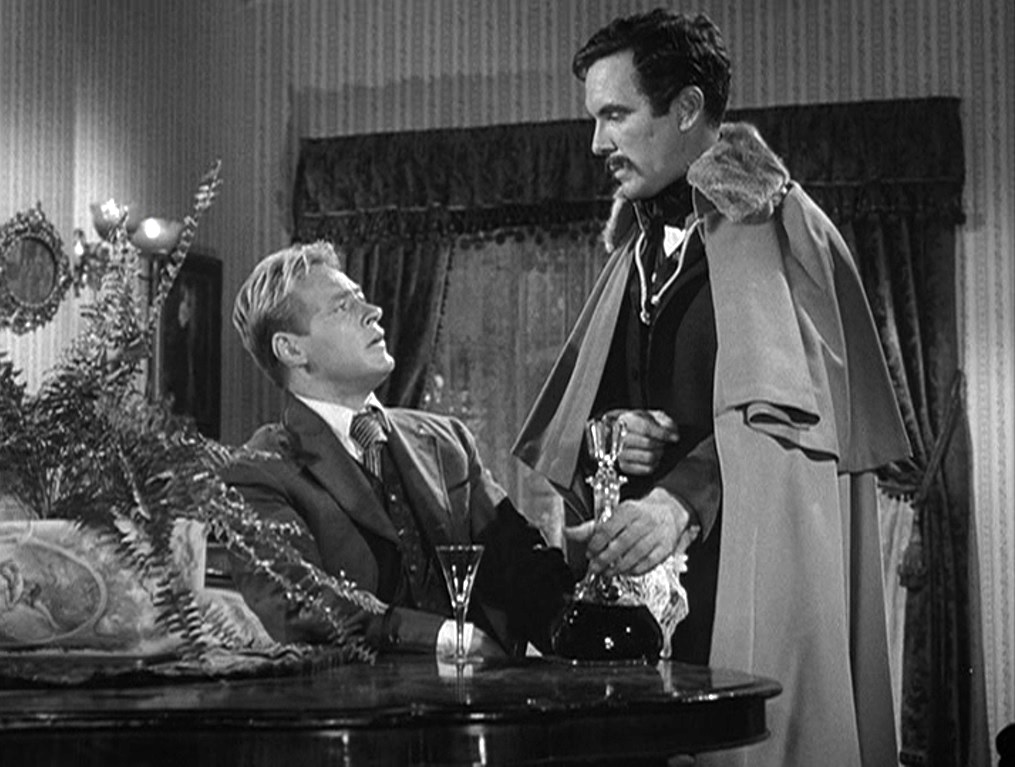
—
The Odyssey of Flight 33 (aired February 24, 1961). An unusual episode from Serling to be sure, “The Odyssey of Flight 33” ends in mid-crisis. The crew and passengers of Flight 33 on a trip from London to New York suddenly feel their jet airplane increasing speed. It keeps doing so until it passes the sound barrier and is headed back in time, ending up flying above a Manhattan Island of the past, with no buildings, no people, no New York. But they do see a dinosaur below looking up at them. The captain (John Anderson) reenters the jet stream and they finally break through the heavy cloud atmosphere to see they are nearing New York City. They believe they are back, but a look below at the buildings of the 1939 World’s Fair tells them they are still two decades away from home.
—
A Hundred Yards Over the Rim (aired April 7, 1961). A marvelous episode written by Serling in which Cliff Robertson stars as a settler, Chris Horn, in 1847 traveling West with his family and dying son, plus two other wagons with their families. While the others want to go back, Horn implores them to continue on their trek to California and allow him to walk to see what is just over the rim 100 yards ahead. When he gets to the top of the rim, he is dumbfounded — down the sloop in front of him are powerlines and a cement highway.
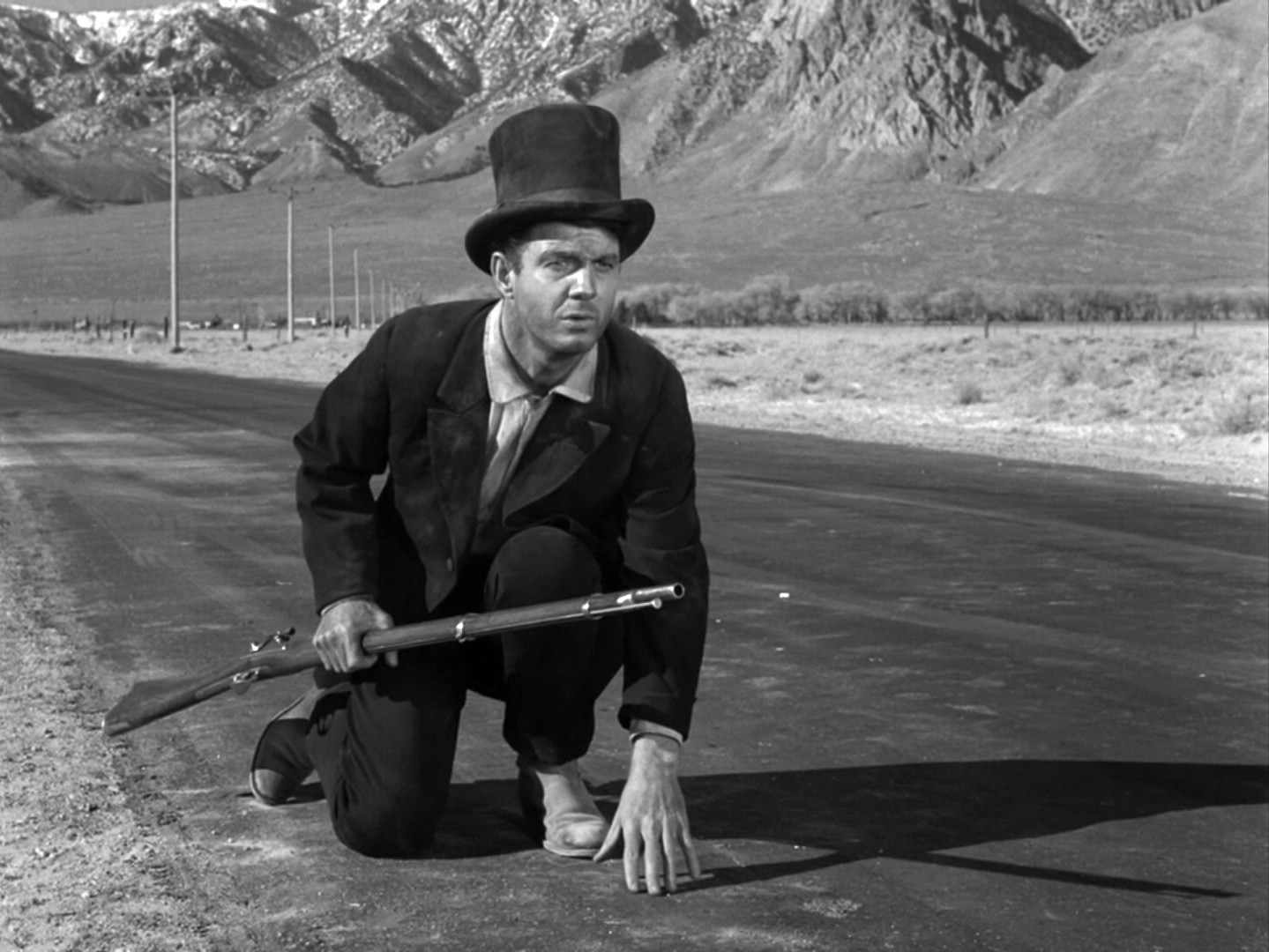
—
Once Upon a Time (aired December 15, 1961). This episode, written by Richard Matheson, had silent-film star Buster Keaton playing Woodrow Mulligan, a bad-tempered janitor in 1890, always complaining about everything. (The first section was played like a silent comedy, with title cards filling in the dialogue.) He longs to escape this time, and gets the accidental opportunity to do so when he puts on a time travel helmet invented by his boss. He dials the 1960s on it and is transported — but what he thought would be paradise is a loud, high-priced place of madness to him.
—
No Time Like the Past (aired March 7, 1963). Of all the time travelers during the five seasons of The Twilight Zone, none faced a more moral dilemma than Paul Driscoll (Dana Andrews) in this story written by Serling. Driscoll had attempted three trips to the past — trying to prepare authorities in Hiroshima that they were about to be hit by the atomic bomb, attempting to assassinate Adolf Hitler, and warning the captain of the Lusitania it was about to be torpedoed – but each time he was unable to change the past. Since he couldn’t do that, and didn’t like the state of affairs in the 20th century, he decided to live in a small town in 1881 and never interfere with anything ever again. However, once settled in, he remembers parts of history that will test if he can remain inactive or not, including knowing that a local school will catch fire and a dozen children would be injured.
—
Of Late I Think of Cliffordville (aired April 11, 1963). Another script written by Serling, the focus this time is on William Feathersmith (Albert Salmi), a tycoon in 1963, who is completely heartless when it comes to business. However, he misses when he was young in Cliffordville, Indiana, and pursuing the deals on his way up. Heading out for the night, the elevator stops on the 13th floor and he sees an office marked “Devlin Travel Agency.” Entering it, he meets Miss Devlin (Julie Newmar), who makes no concealment she is the Devil. They make a deal for him to go back in time to Cliffordville, where he can use his knowledge of inventions and rich properties to make a brand new fortune. When he gets there, though, he learns that he may have known of the deals to be had — but not the resources to make him rich.
—
The 7th is Made Up of Phantoms (aired December 6, 1963). Written by Serling, the episode features three National Guard tank corpsmen (Ron Foster, Randy Boone and Warren Oates) on maneuvers in 1964 near the Little Bighorn, where Custer’s Last Stand took place in 1876. Little by little, they hear Indian noises, see smoke signals and an Indian village of teepees, and then one of their own is struck in the back by an arrow.
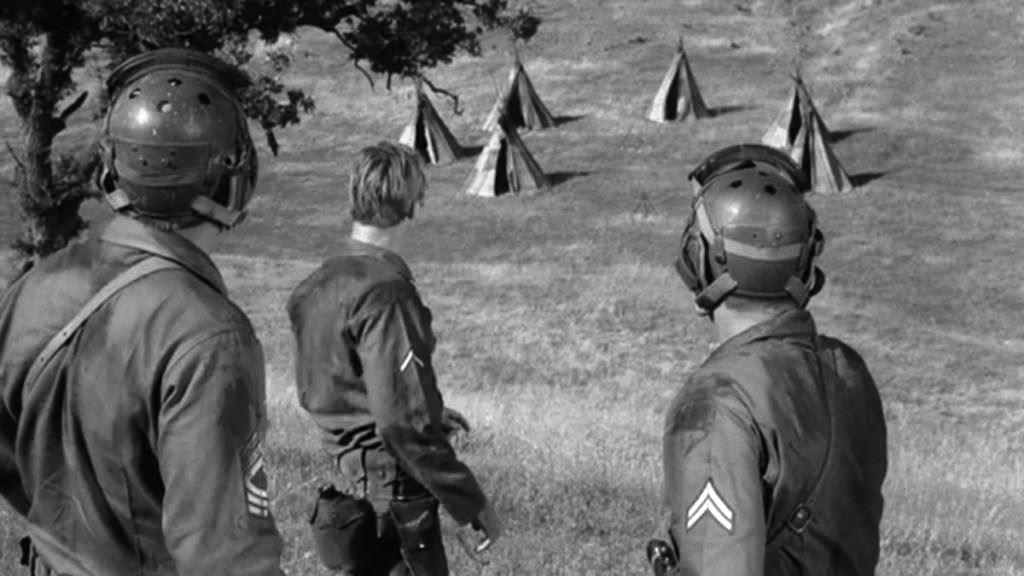
—
MORE
— THE TWILIGHT MAN: 13 THINGS You Might Not Know About ROD SERLING. Click here.
— THE PENGUIN AND BEYOND: 13 Great BURGESS MEREDITH Performances. Click here.
—
13th Dimension contributor-at-large PETER BOSCH’s first book, American TV Comic Books: 1940s-1980s – From the Small Screen to the Printed Page, was published by TwoMorrows. He is currently at work on a sequel, about movie comics. Peter has written articles and conducted celebrity interviews for various magazines and newspapers. He lives in Hollywood.
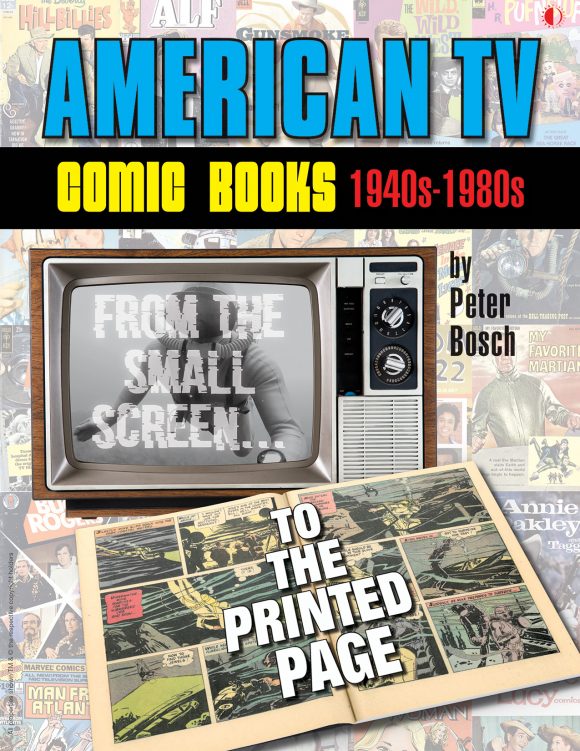

November 5, 2023
What a classic show. I can recall most of these episodes.
November 5, 2023
One of the best shows ever. Before I ever saw the episode I read the “Back There” story in a Twilight Zone pocket book that I bought from the Scholastic Book Club in 1970. It left quite an impression on me.
November 5, 2023
Russell Johnson was also the professor on “Gilligan’s Island.”
November 6, 2023
Awesome job, Peter! Several of my favorites made the list but there are a few less well-known to me! Thanks to you, I’ll check them out!
November 6, 2023
Thanks. Walt. I hope you enjoy them.
November 5, 2023
Thank you for this! I love these! And thanks for remembering “Once Upon a Time.” When my husband and I saw it a few years ago we laughed aloud in all the right places!
November 7, 2023
Twilight Zone is the greatest show ever made. Love them all. A stop at Willoughby has always been a favorite. I have the entire series on dvd. Great post !
January 20, 2025
Fantastic!!!!! Look for my Show … Twilight Zone in Orlando… Soon